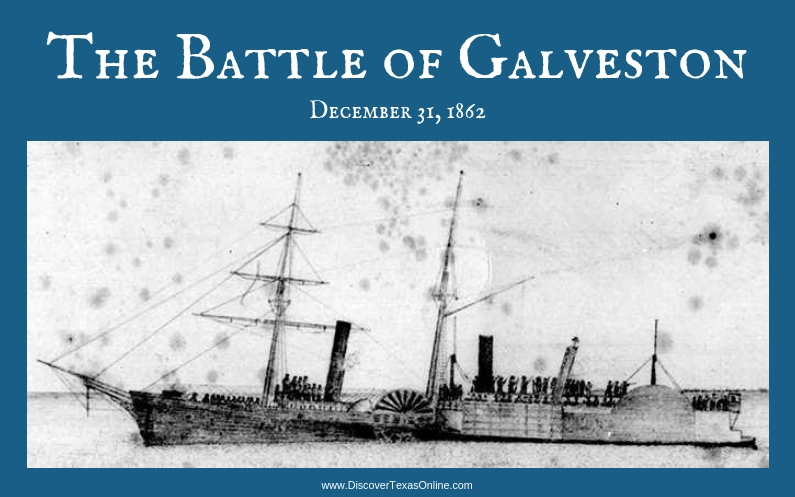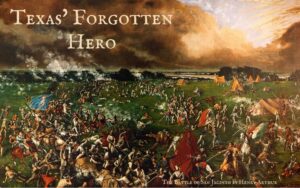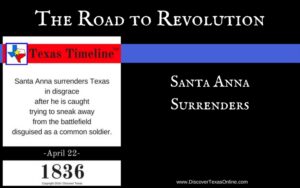 On New Year’s Eve 1862, the city of Galveston, Texas, had been seized and occupied by 300 Union soldiers for almost three months. By day the soldiers of the 42nd Massachusetts patrolled the city. By night, they retreated to Kuhn’s Wharf to wait for the reinforcements they hoped would arrive any day. If only they could hold the city until several thousand Yankee soldiers could come to their aid, it was only a short distance to Houston and the railheads. The Union Army would control both shipping and railroad travel, seriously damaging the Confederate cause in Texas.
On New Year’s Eve 1862, the city of Galveston, Texas, had been seized and occupied by 300 Union soldiers for almost three months. By day the soldiers of the 42nd Massachusetts patrolled the city. By night, they retreated to Kuhn’s Wharf to wait for the reinforcements they hoped would arrive any day. If only they could hold the city until several thousand Yankee soldiers could come to their aid, it was only a short distance to Houston and the railheads. The Union Army would control both shipping and railroad travel, seriously damaging the Confederate cause in Texas.
Of course, the Confederates under Gen. John Magruder understood that only too well…which is why General Magruder hatched a plan.
As night fell on New Year’s Eve, 900 Texas Confederate soldiers walked over the railroad trestle that connected Galveston Island to Virginia Point. They walked more than a mile with nothing but the deep waters of the Texas Gulf below them. They’d hoped to coax their mules to pull artillery across the rails, but the mules took one look at the cold waves below and refused to budge. Instead, the men were forced to pull the artillery wagons over the tracks themselves. It was hard work, and took much longer than expected, but they were in place to wait for the cannon fire at midnight which would let them know that the Texas Navy had engaged the six Union gunboats anchored in Galveston harbor.
The signal never came.
The commander of the Confederate Navy had misunderstood and was anchored just out of sight waiting for Magruder to signal with cannon fire!
And so it was that General Magruder and his men hid in the darkness until 4 am when the General finally ran out of patience and fired the first cannon shot himself.
The Yankees were surprised, all right, but the Confederate Navy was too far away to stop the Yankee gunboats from pommelling the Confederates. All seemed lost until the Fifth Texas Mounted Rifles (without their horses) and the Seventh Texas Cavalry (also without their horses), functioning more as marines than cavalry, finally arrived with the tardy naval force.
The Confederate Navy consisted of an odd hodge-podge of vessels: the Bayou City, a side-wheel riverboat used in peace time to deliver mail between Houston and Galveston, and the Neptune, a smaller side-wheeler used as a tugboat. Bales of cotton piled on their decks provided shelter for the cannons that fired through the gaps between the bales. Neptune was hit and sank in 8′ of water, but the Texas sharpshooters climbed onto her cabin, sticking up above the waves, and kept firing. The Yankees were so surprised that the captain of the Union flagship decided to blow up his own ship to keep it from being captured…and perished in the attempt. The Captain of the Federal steamer Harriet Lane was struck and killed by rifle fire and succeeded by his executive officer, Lt. Commander Edward Lea. When the Bayou City rammed the Harriet Lane and boarded her, Lt. Commander Lea was seriously wounded, yet he refused to surrender either the ship or his sword to the soldiers who had taken them captive. Lt. Commander Edward Lea was the son of Major Albert Lea, a Texan who was fighting for the Confederates under General Magruder. Lt. Commander Lea insisted that he would surrender only to his father.
When Major Lea was brought aboard, his son finally surrendered before dying in the father’s arms after murmuring, “My father is here.”
With two of their vessels destroyed or captured, the remaining Federal fleet fled.
The Confederates had recaptured Galveston, the most important city in Texas at that time!



